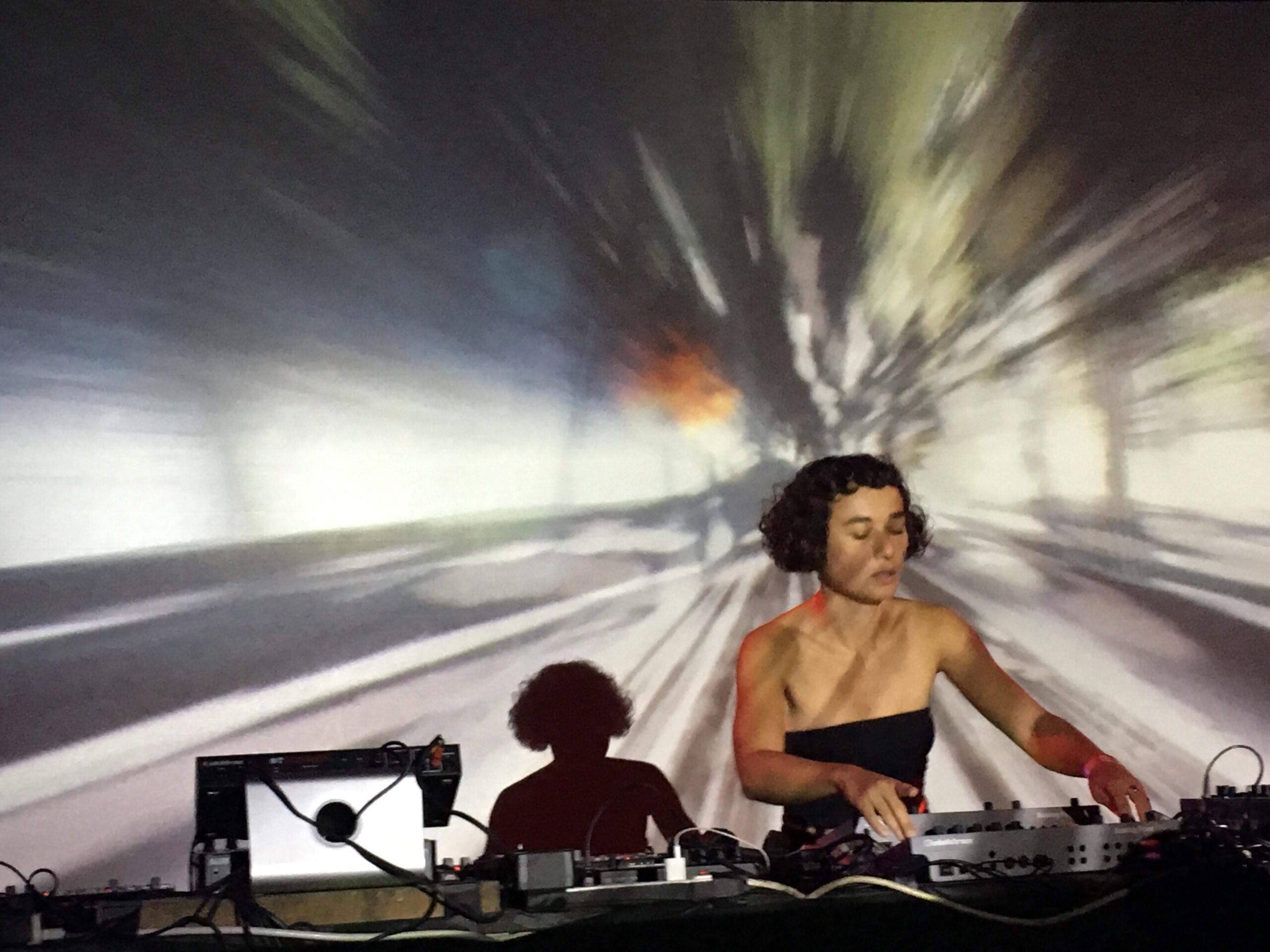Nihilism permeated the fresh mountain air at Vancouver’s New Forms Festival, which capped its 20th year at the end of September. Those who came to Beautiful British Columbia, as the province’s license plates self-proclaim, expecting the breezy grooves of lo-fi house that briefly christened this coast the Canadian Riviera in the mid-2010s would leave disappointed. That cruise shipwrecked at New Forms on a noisy five-day bender of experimentalism that blended frenetic punk energy with hardcore techno, all fueled by a rage born of gentrification, climate change, and police brutality.
New York City-based Purple Tape Pedigree (PTP) label set the tone with a takeover of the Fox Cabaret, bringing the punk-meets-techno sensibility characteristic of Ascetic House labelhead and recent Vancouver transplant JS Aurelius, one of three invited guest curators. On an otherwise mellow Thursday, the hydra-like PTP collective showed off its many heads – from Yatta’s jazz-inflected vocal loops and screams to the hair-thrashingly ominous soundscapes unleashed by Lana Del Rabies and Via App. Labelhead King Vision Ultra crowned the night with a short but intense set. A brief snippet of The New Radicals’ radio-friendly hit “Get What You Give” harkened to ’90s nostalgia before dissolving into a wall of reverb and static that lurched back to the present day. “I can’t breathe,” he intoned in the breathless distortion of hardcore punk, echoing the infamous dying words of Eric Garner, who was murdered by a New York City police officer in 2014 and whose death partly inspired the Black Lives Matter movement. A mosh pit ensued, creating a different kind of physicality than the dancefloor experience.
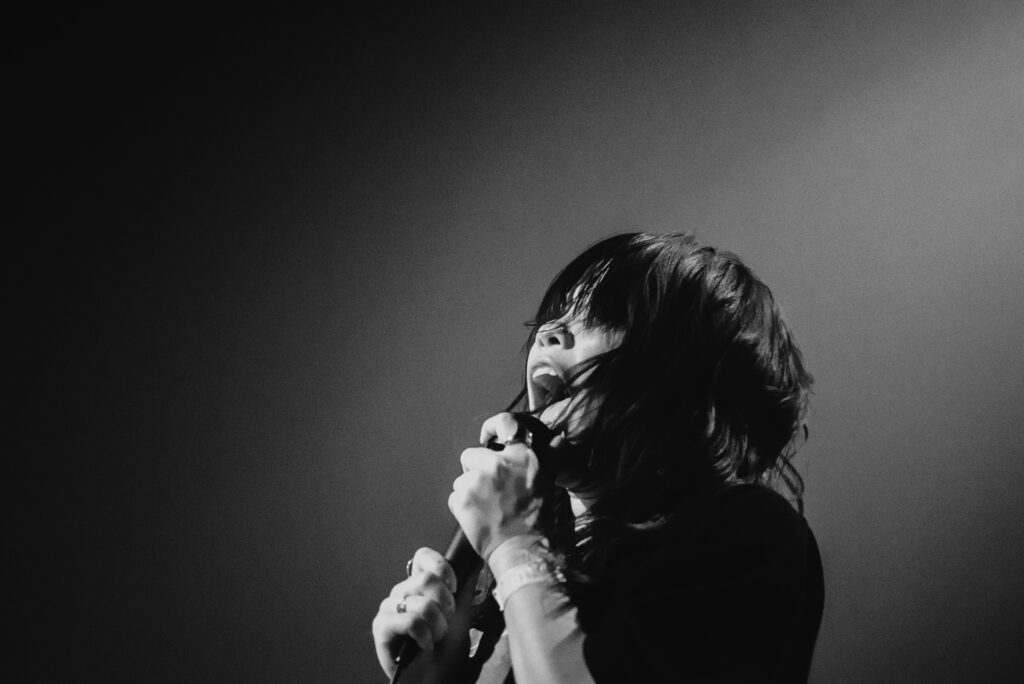
Two days later, Purple Tape Pedigree unpacked their performance – their practice, as they preferred to call it – at a panel discussion in an artist-run gallery space. With footage from Thursday night captured by PTP’s resident archivist Richard Ross playing in the background, attendees could relive the show and ask questions about what they experienced.
This kind of self-reflexive examination is part of the thoughtful pleasure characteristic of festivals like New Forms that fall under the International Cities of Advanced Sound umbrella. Rather than seeing an artist play a club night and skip town on tour the next day, fans have a chance to digest a heady performance and then dialogue in the daylight. With an installation by Black Quantum Futures, an art project by Philadelphia-based Moor Mother, set up downstairs, the collective described the challenges of working on the fringes of the New York City club world. They seek out increasingly rare non-commercial DIY spaces and alternative economic models that don’t rely on the ethically questionable valuation of alcohol sales, a quest documented in their first photography book, Silent Weapons.
“My live performance is a purge,” explained Berlin-based Dis Fig. “When I’m DJing, I’m just trying to get as lit as possible.” With PTP, the live vs. DJ distinction takes on a much broader dimension than exchanging turntables for an MPC. It’s a mode shift from the dancefloor to the mosh pit and a reminder that in some circles, the worlds of punk and techno are two facets of a similar musical sensibility.
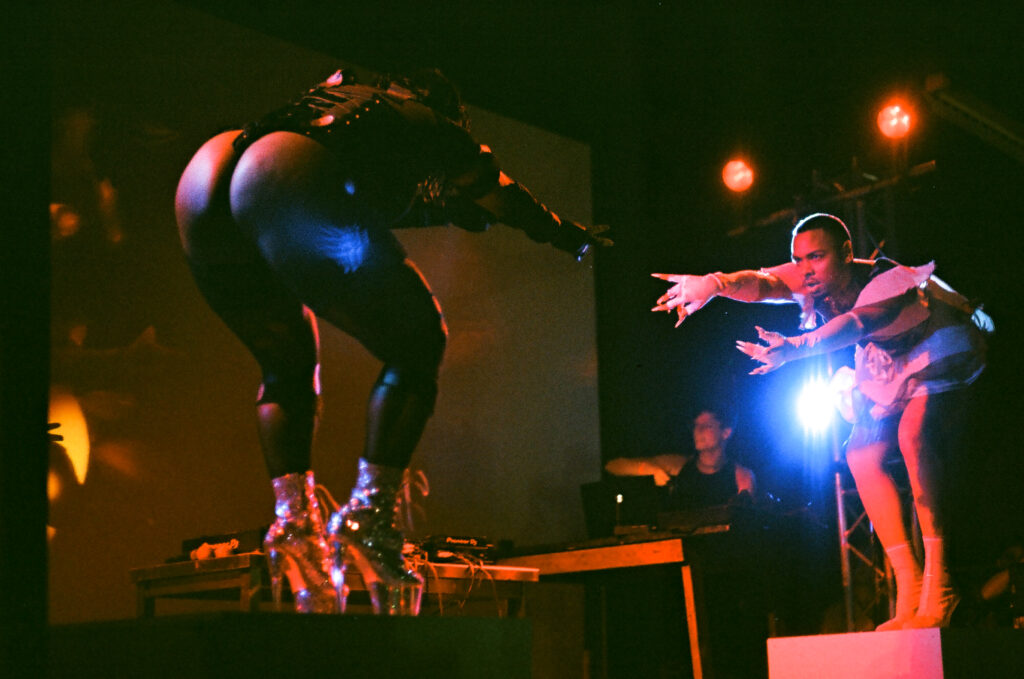
With many of New Forms’ artists booked to play Unsound in early October, including guest curator CCL from Seattle, the Vancouver gathering had the air of a transatlantic dress rehearsal for the preeminent Polish event.
Although billed as a new media festival across all disciplines, at its core New Forms engages with questions of sound. To that end, Jeremy Toussaint-Baptiste’s sound installation “Get Low” served as a centering experience, a low-frequency, subwoofer-powered sound bath nestled in a cocoon of dark wood where the threshold between heard sound and felt sound was nebulous at best.
Likewise, the Quiet City DJs’ ambient sets on a rooftop overlooking Vancouver’s port and skyline served as soothing antidotes to the sonic pummeling encountered elsewhere over the two main nights on Friday and Saturday nestled in the rough-and-tumble Railtown section but easily identified by the telltale PK Sound truck parked out front. Festivalgoers popped back and forth between the social hall at the Vancouver Japanese Language School – an eclectic venue choice that reflected the event’s presence on the Pacific Rim – and clubbier space The Pace down the block, then gravitated a few kilometers away to late-night warehouse Open Studios.
Nene H animated the night with pulsations from a fairly minimalist hardware sound. The accompanying visuals, a series of animal eyes traversing a snowy road, were a fitting tableau for the first cold weekend of the fall. While I would have preferred to see one of the SHAPE artist’s more performative shows, like Fountain of Fire, she performed with a calm intensity than nevertheless amped up the party. Lafawndah, by contrast, brought plenty of theatrics with her operatic avant-pop. On stage with just a single drummer, the set design foregrounded the singer, who at one point writhed on the floor.
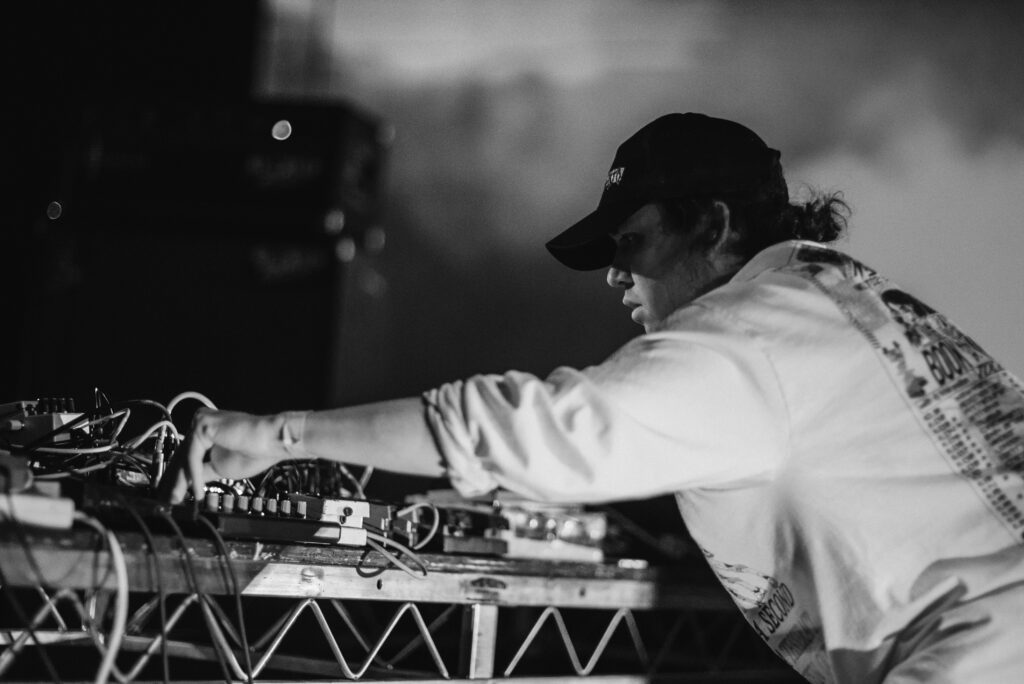
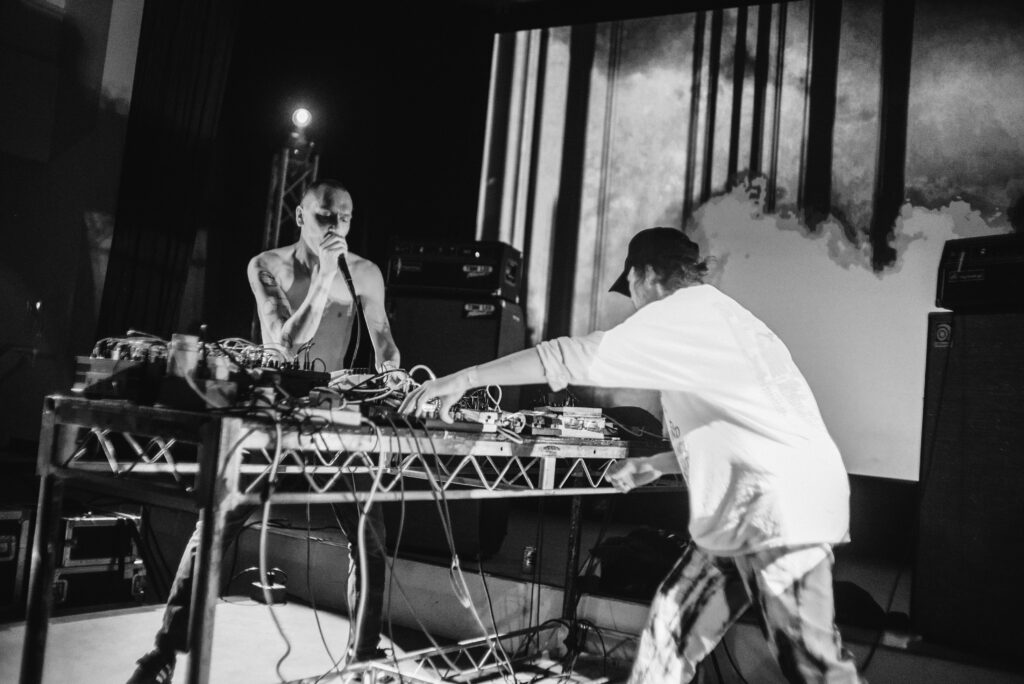
Giant Swan surged on the nihilism coursing through the festival as they thrashed astride a table laden with hardware. By contrast, Aurora Halal showed more restraint in her high-fidelity headlining set. A fan rocking the latest Sustain-Release t-shirt in the front row was a reminder that Halal’s reputation as a convener in the New York underground has drawn admiration far and wide.
I clicked immediately with Ciel’s set, which ranged from ’90s rave throwbacks to a footwork-influenced closer. The high energy pumping through the room was proof positive of the exceptional work she’s put into Toronto’s scene.
In the dark-night-of-the-soul confines of the afterparty, meanwhile, VJ Chimera flashed footage from the climate strike that same day, which drew some 80,000 protesters to downtown Vancouver. Local duo Minimal Violence unleashed a primal scream that likely could have been heard around the corner at the university arts space from which New Forms was unceremoniously kicked out of earlier this year that led to a spat with lululemon CEO-turned-real estate mogul Chip Wilson, the object of a daytime rave protest in August. In that context, their set felt like a sonic middle finger to the culture-crushing forces of real estate speculation that have transformed Vancouver from a sleepy creative haven to a hedge city where the global rich park their capital.
The purge, to borrow Dis Fig’s formulation, was largely complete by Saturday and a bouncier aesthetic prevailed. Uganda’s Kampire zipped through an upbeat Afrocentric set – “Kitala Beat” was a particular crowdpleaser – while down the street Philadelphia-based Bearcat showcased the breakbeat club sounds that connect Baltimore, Philly, and New Jersey club cultures. Both she and Afrodeutsche dropped tracks sampling or remixing Cajmere and Dajae’s classic “Brighter Days,” perhaps a cosmic sign that hope was springing eternal from the ashes of New Forms’ world-on-fire earlier performances.
DJ Marcelle offered a history lesson from her robust library that she wryly notes features records older than most of the punters in the crowd. The adjusted brighter lighting, however, created a harsh glare in the workman-like room – just a spare social hall in an old school building – that even Marcelle’s trademark flowerpots couldn’t ameliorate.
Back at The Pace, the House of Kenzo transformed the dancefloor into a catwalk and a riotous participatory session ensued of queens working it out and inviting audience members to join them in strutting their stuff. It was a much-needed reminder that art can be disruptive through glamour as well as annihilation.
To that end, the festival’s closing daytime “laneway disco,” taking over an alley near the afterparty venue with the fun and funky sounds of local DJs like Adam 2 and out-of-town merrymakers like Honcho, who hail from Pittsburgh alongside New Forms’ guest curator Lauren Goshinski, were a necessary palette cleanser after a stretch of art that challenged mind, body, and ears.
By Gregory Scruggs
Featured image by Lauren Goshinski
